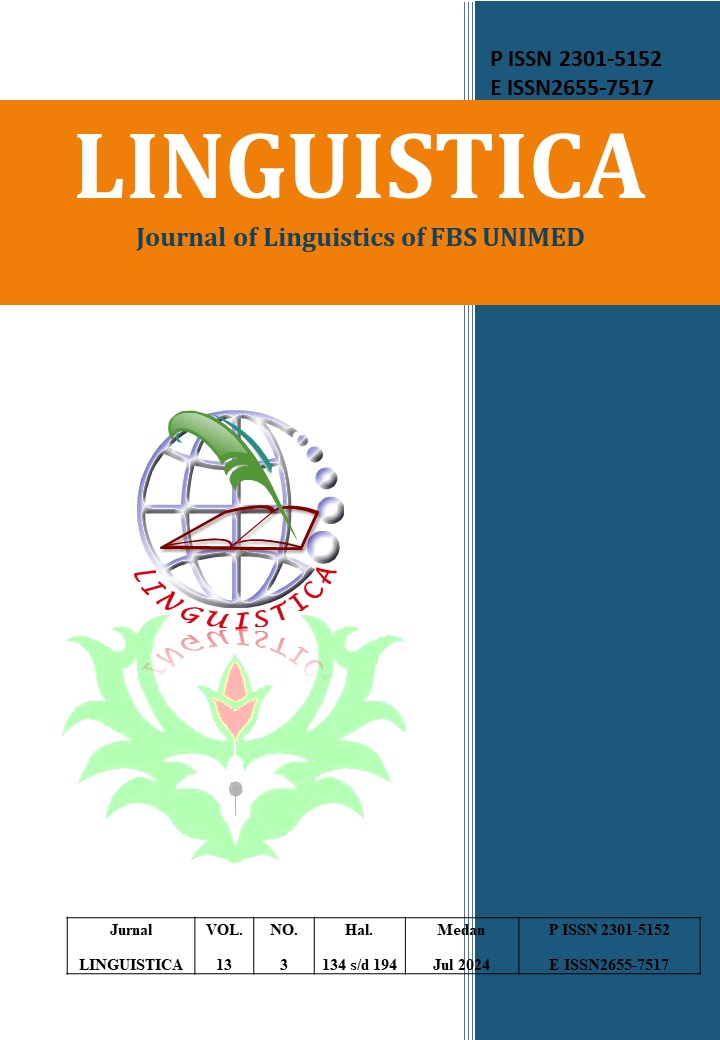WORD FORMATION THROUGH COMPOUNDING IN GEN-Z SLANG ON TIKTOK
DOI:
https://doi.org/10.24114/jalu.v13i3.62121Abstract
Language is dynamic and reflective of societal changes, with Gen-Z, the first true digital natives, playing a pivotal role in linguistic evolution. This study examines the phenomenon of word formation through compounding in Gen-Z slang on TikTok, exploring its linguistic structures and meanings. By analyzing the common compounding patterns in Gen-Z slang, we gain insights into the creative processes and social influences shaping language use among this demographic. Utilizing a qualitative approach, data was collected from TikTok videos and comments between January 2023 and May 2024. The findings reveal 15 distinct compound words, with compound nouns being the most prevalent, followed by compound verbs and compound adjectives. Endocentric compounds were more common than exocentric ones. This research highlights the innovative nature of language within Generation Z, reflecting their values of self-expression, technological engagement, and creative problem-solving. The study underscores the role of social media in shaping contemporary language and provides a foundation for further exploration of linguistic innovations and their implications for language development and cultural expression in the digital age.Downloads
Published
2024-07-31
Issue
Section
Articles
License
Copyright (c) 2024 MEIDINA SINRANG SJAMSU DJOHAN, WAGATI WAGATI, PUSPA MIRANI KADIR

This work is licensed under a Creative Commons Attribution-ShareAlike 4.0 International License.
Authors who publish with this journal agree to the following terms:
- Authors retain copyright and grant the journal the right of first publication with the work simultaneously licensed under a Creative Commons Attribution License that allows others to share the work with an acknowledgment of the work's authorship and initial publication in this journal.
- Authors are able to enter into separate, additional contractual arrangements for the non-exclusive distribution of the journal's published version of the work (e.g., post it to an institutional repository or publish it in a book), with an acknowledgment of its initial publication in this journal.
- Authors are permitted and encouraged to post their work online (e.g., in institutional repositories or on their website) prior to and during the submission process, as it can lead to productive exchanges, as well as earlier and greater citation of published work (See The Effect of Open Access).
- This work is licensed under a Creative Commons Attribution-ShareAlike 4.0 International License.

